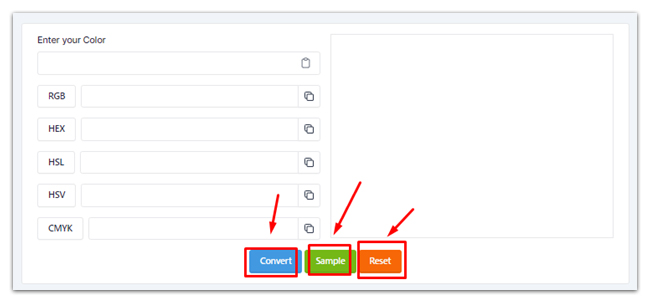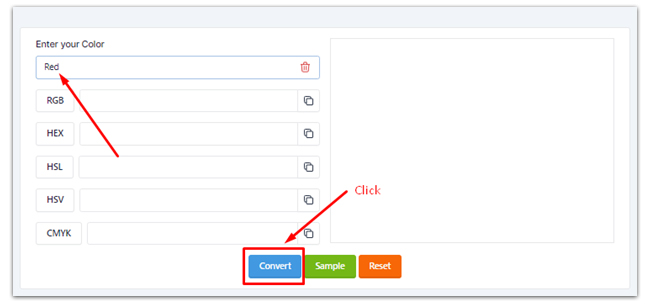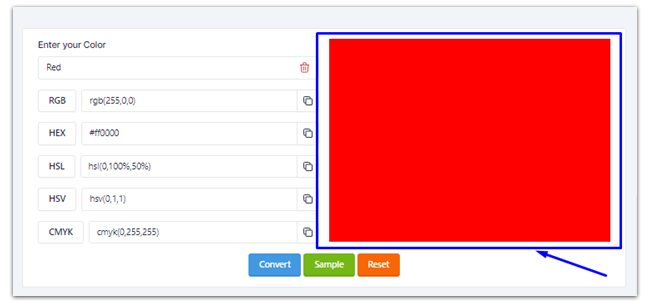
Color Converter
Color Codes Converter Tool
Introduction
Color is a universal language in design, conveying emotions, messages, and aesthetics. In the digital realm, precise color management is essential to ensure consistency and visual appeal across different platforms and devices. This is where a Color Converter comes into play. In this article, we'll explore what a Color Converter is, its significance in the world of design, and how it simplifies the complex task of translating colors from one format to another.
What Is a Color Converter?
A Color Converter is a tool or software application that enables designers, developers, and artists to change color representations from one color space or format to another. Color spaces are mathematical models that define how colors are represented and organized. They vary in terms of the number of dimensions, gamut (range of colors), and perceptual uniformity.
What is the process of using this tool?
Al first you will see some boxes. On the upper side it is for entering the color name. Next you will see the color code option and also a copy button with it.

Below you will see three buttons named Convert, Sample and Reset.

Now just type your desired color and click the convert button.

The results will appear in all the sections of color code.

You will also see the color in the box on the right side.

Now you have the color codes. Use it where you want. If you need any help you can connect with our customer service managers.
Why Is Color Conversion Important?
Maintaining color consistency across various design assets, from print materials to web content, is vital for brand identity and user experience. Different platforms and devices may interpret colors differently. Converting colors ensures they appear as intended to a diverse audience. Color conversions can help improve accessibility by ensuring that color choices meet contrast and readability standards for users with visual impairments.
Common Color Spaces and Formats
RGB is an additive color model used in digital displays. It's represented as three values ranging from 0 to 255 for each color channel, defining a wide gamut of colors.
CMYK is a subtractive color model primarily used in print. It represents colors based on the subtractive combination of ink or pigment.
HEX codes represent colors in web design and development. They consist of a six-character alphanumeric code, such as "#FF0000" for red.
HSL defines colors based on their hue (color tone), saturation (vividness), and lightness (brightness).
Similar to HSL, HSV represents colors using hue, saturation, and value (brightness).
How Color Converters Work?
Color converters use mathematical algorithms to translate colors between different color spaces. These algorithms consider the characteristics of the source and target color spaces to ensure accurate conversions.
Common Use Cases
Web designers often use color converters to ensure that colors specified in HEX or RGB values display consistently across various browsers and devices. Graphic designers working on print materials use color converters to convert RGB or HEX colors to CMYK for accurate printing.
In Digital Art and Accessibility
Color converters help ensure that color combinations meet accessibility guidelines, making content more readable for everyone. Artists working with digital media may need to convert colors between different color models to achieve desired effects.
Conclusion
In the diverse and dynamic world of digital design, a Color Converter serves as an indispensable tool for translating colors seamlessly from one format to another. It ensures consistency, accessibility, and compatibility across a wide range of platforms and devices. Whether you're a designer, developer, or artist, understanding how to harness the power of a Color Converter can greatly enhance your ability to convey your creative vision effectively in the digital landscape.











